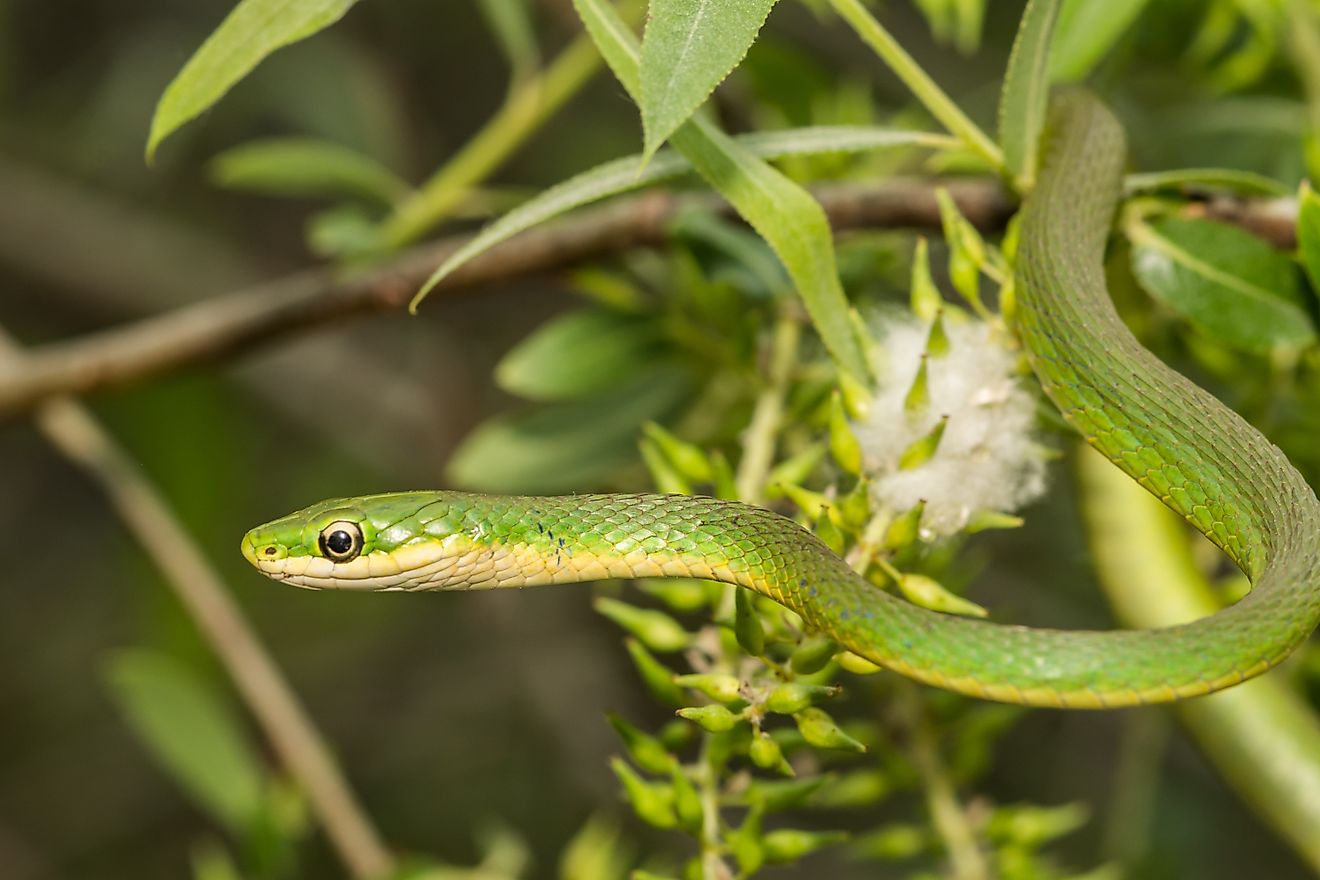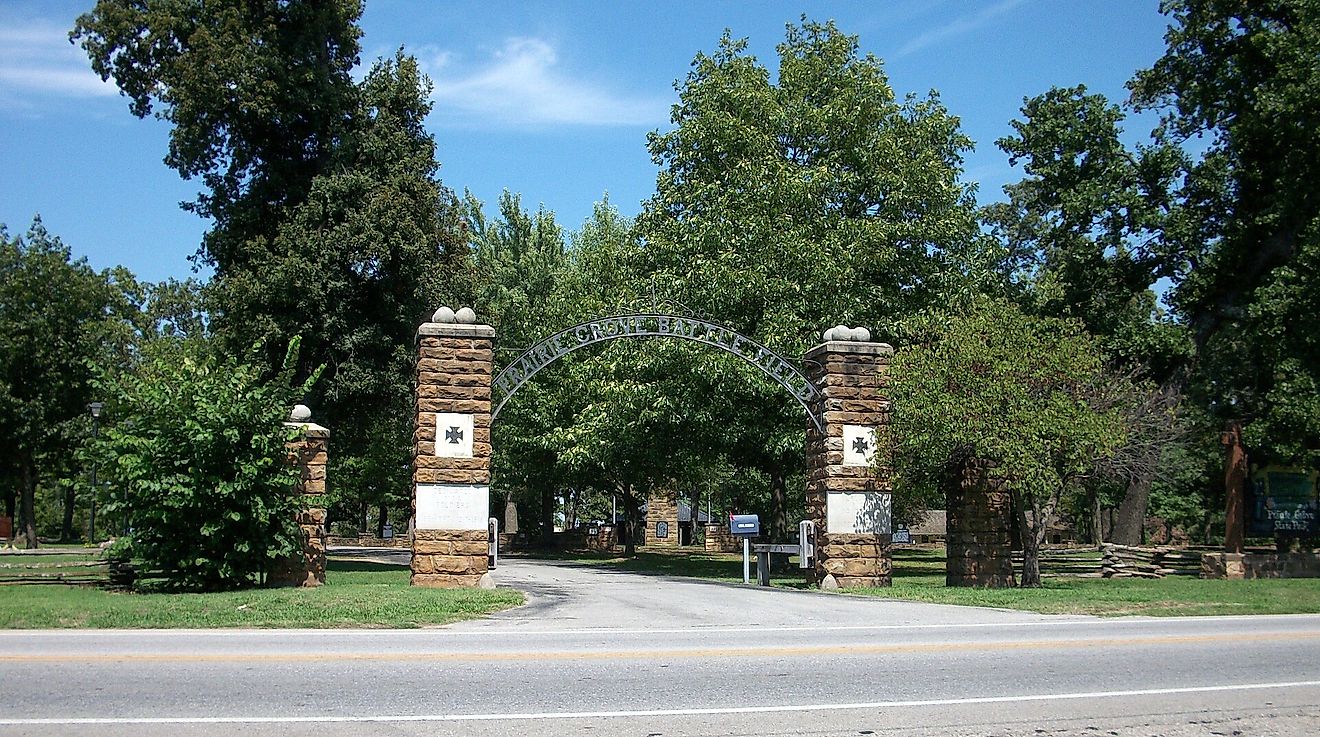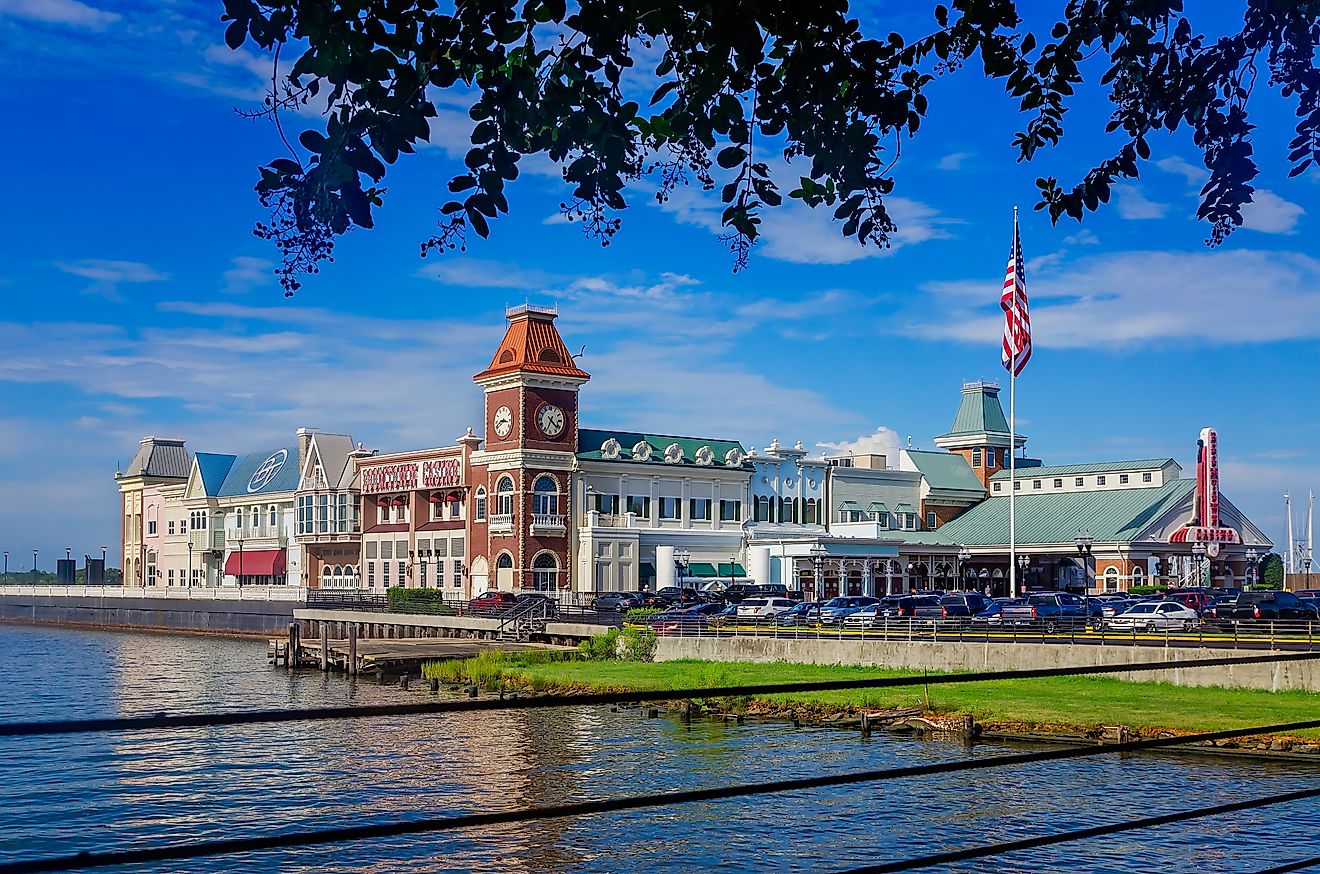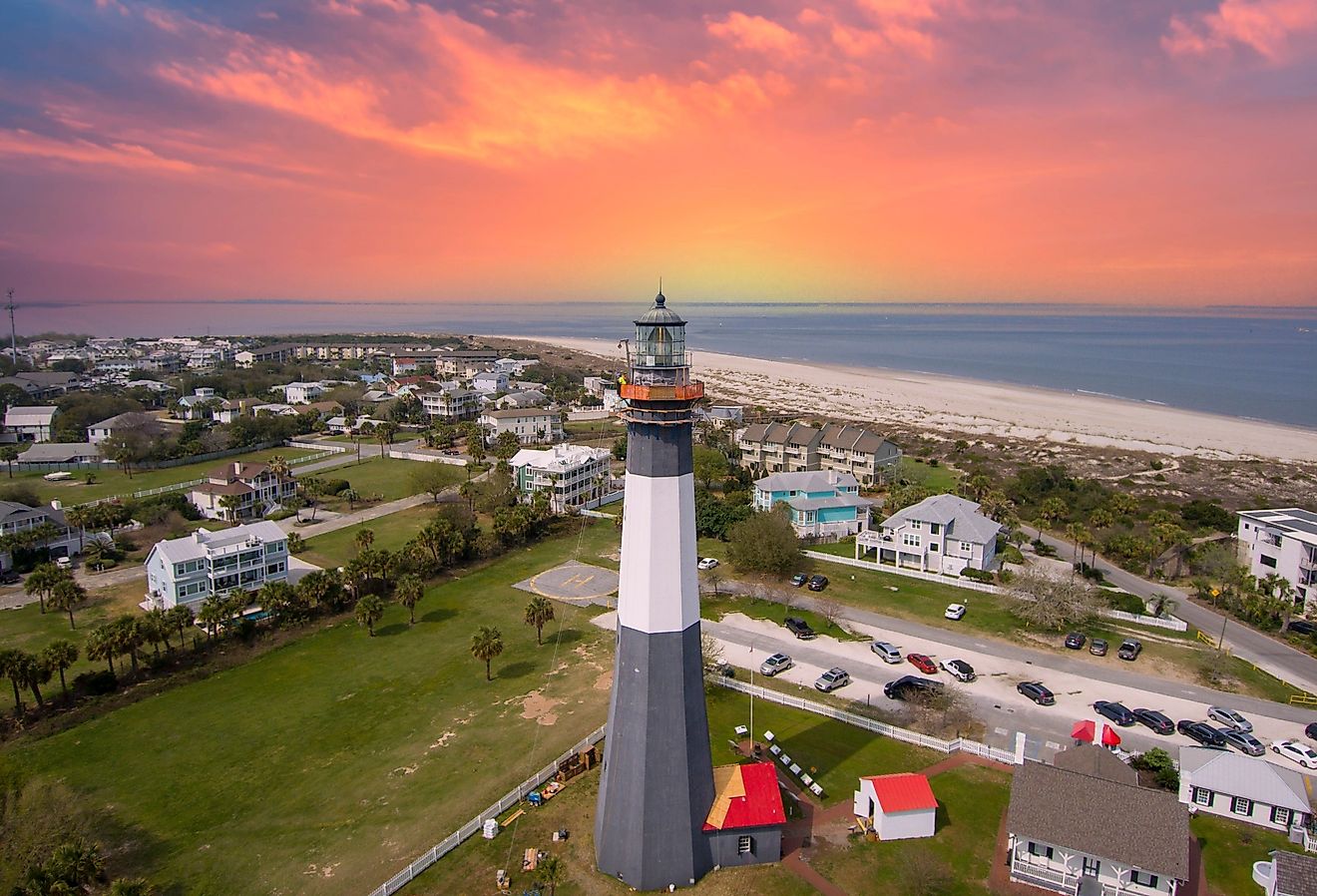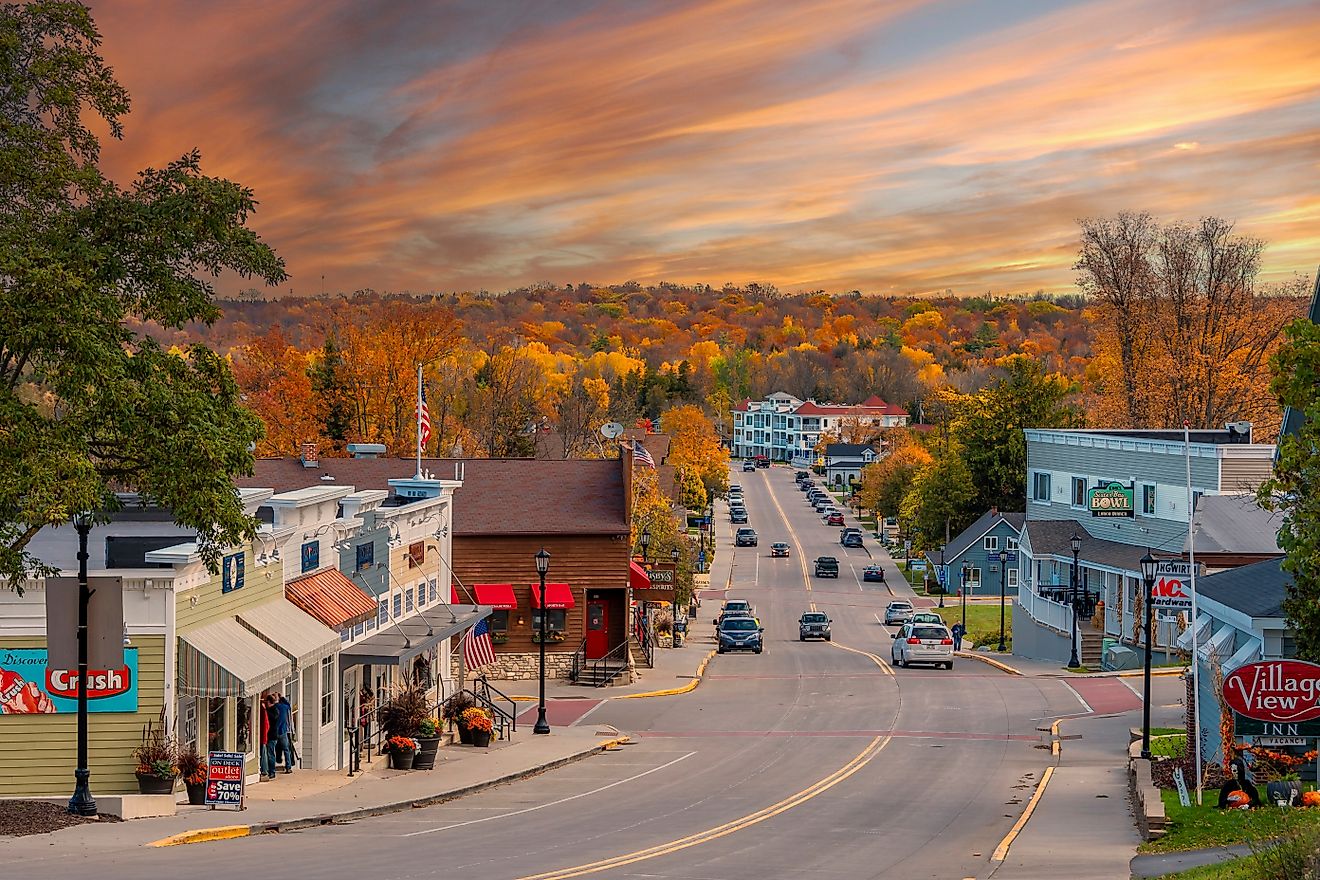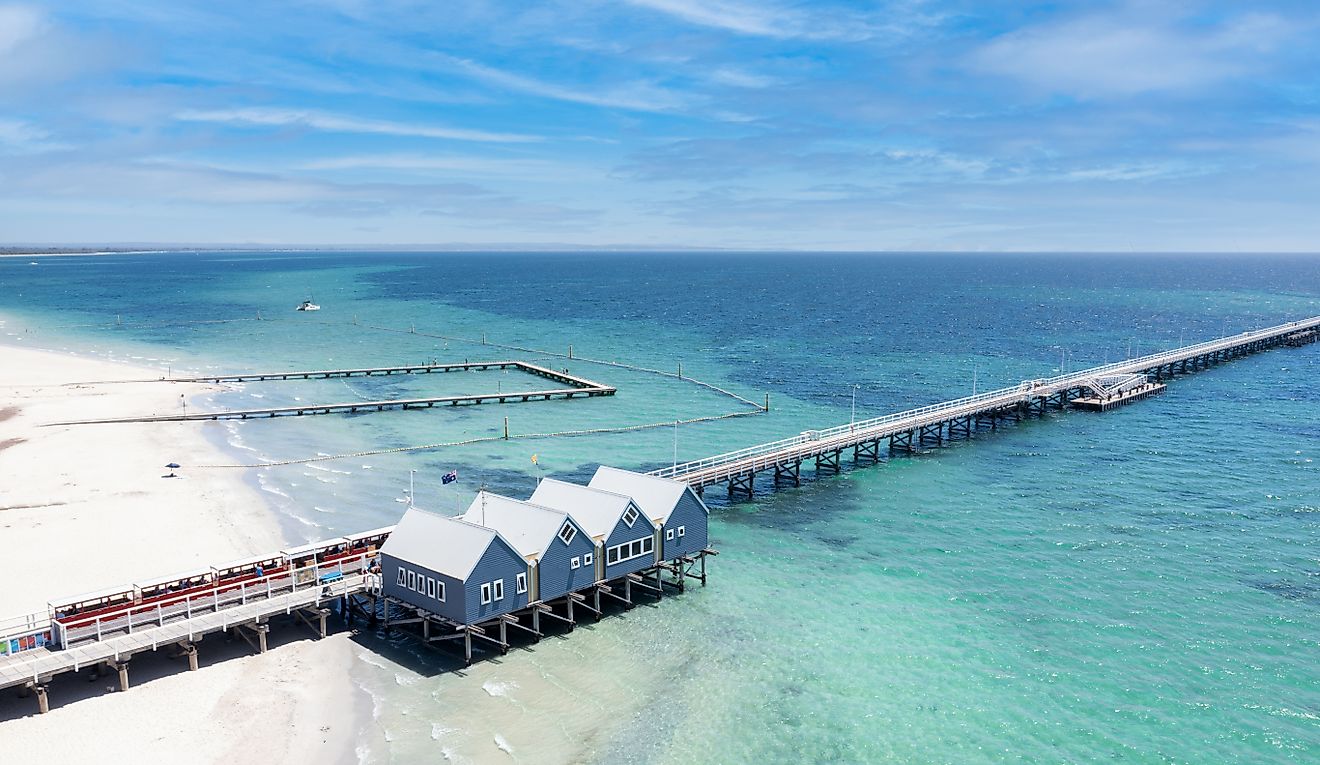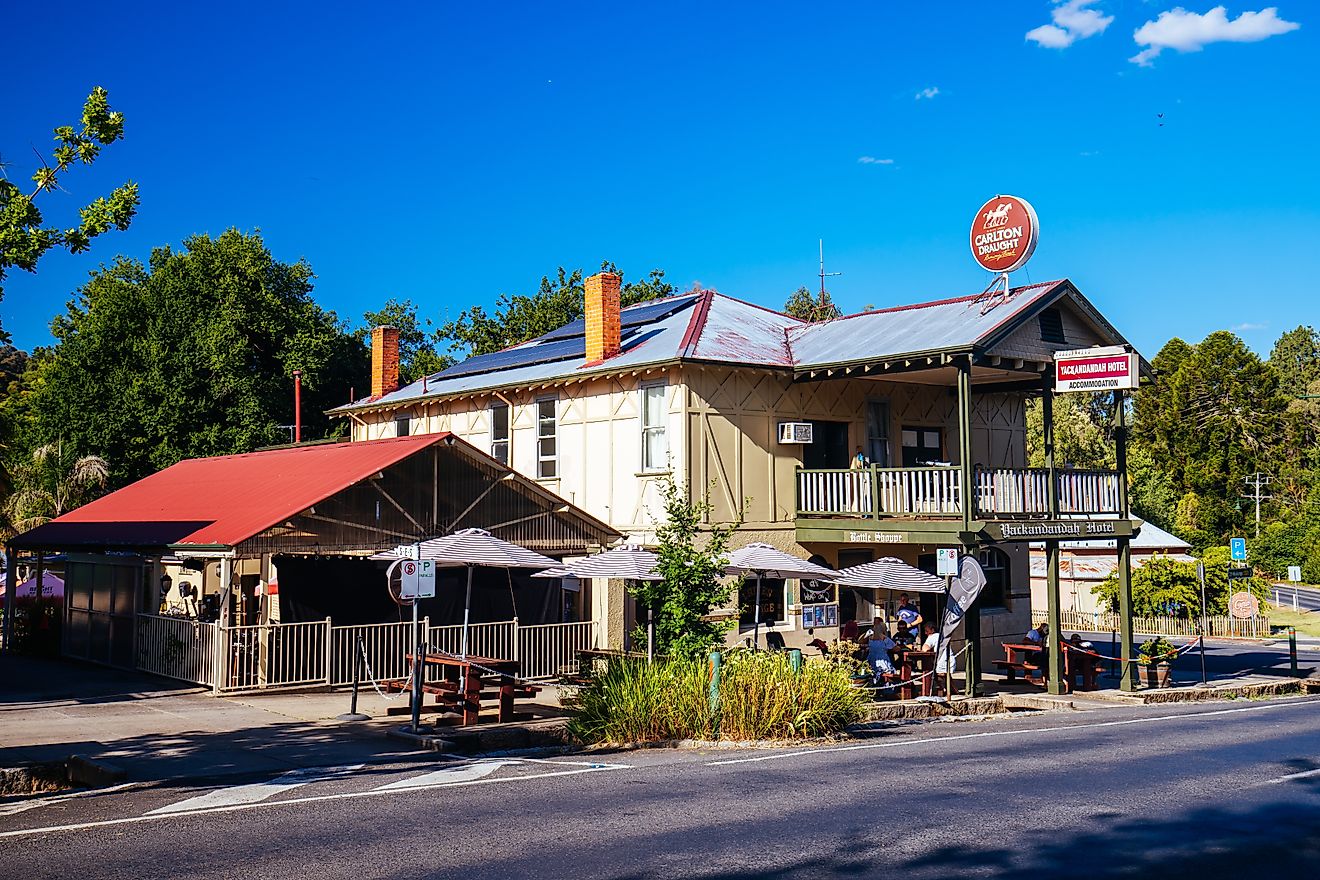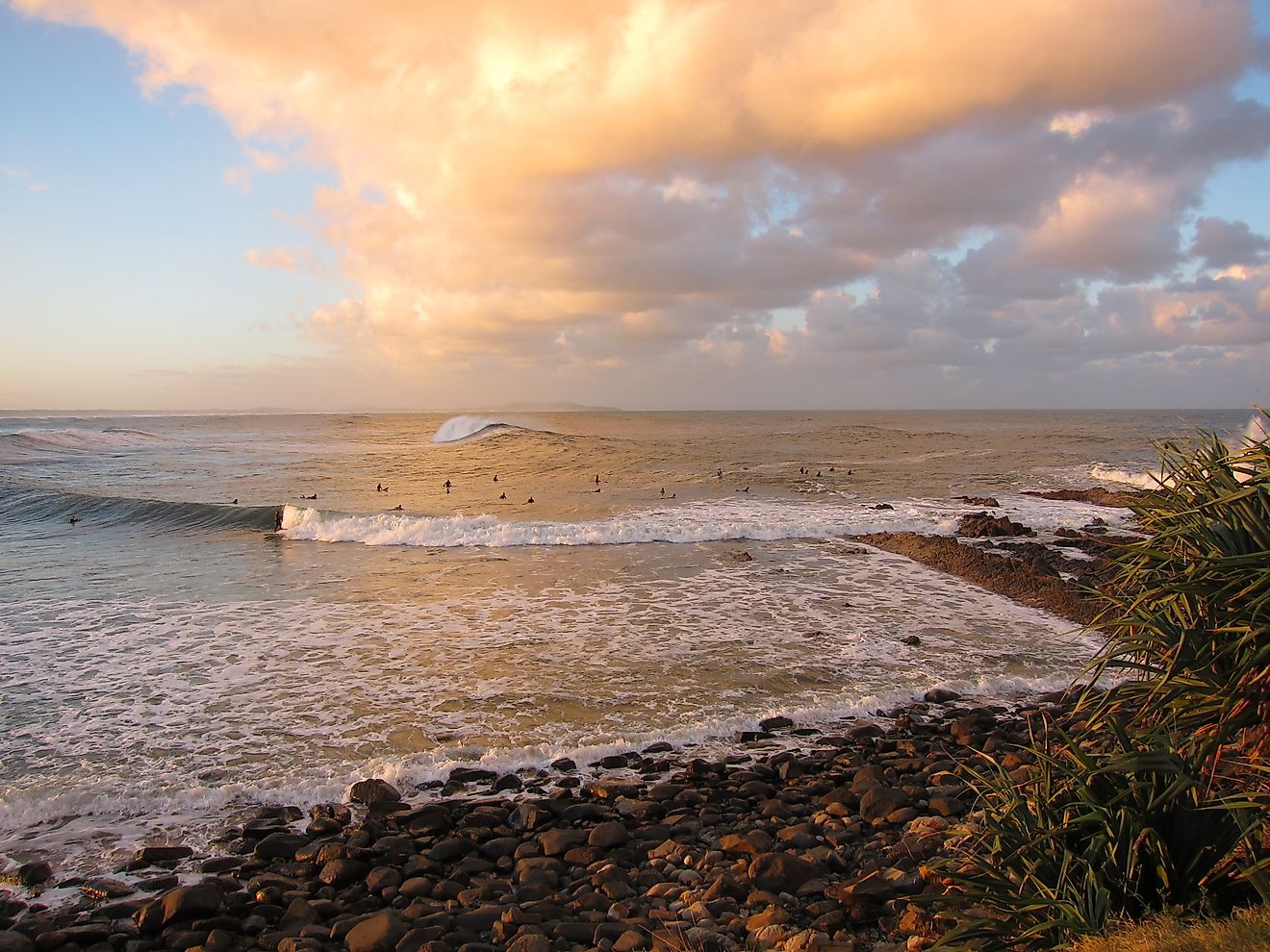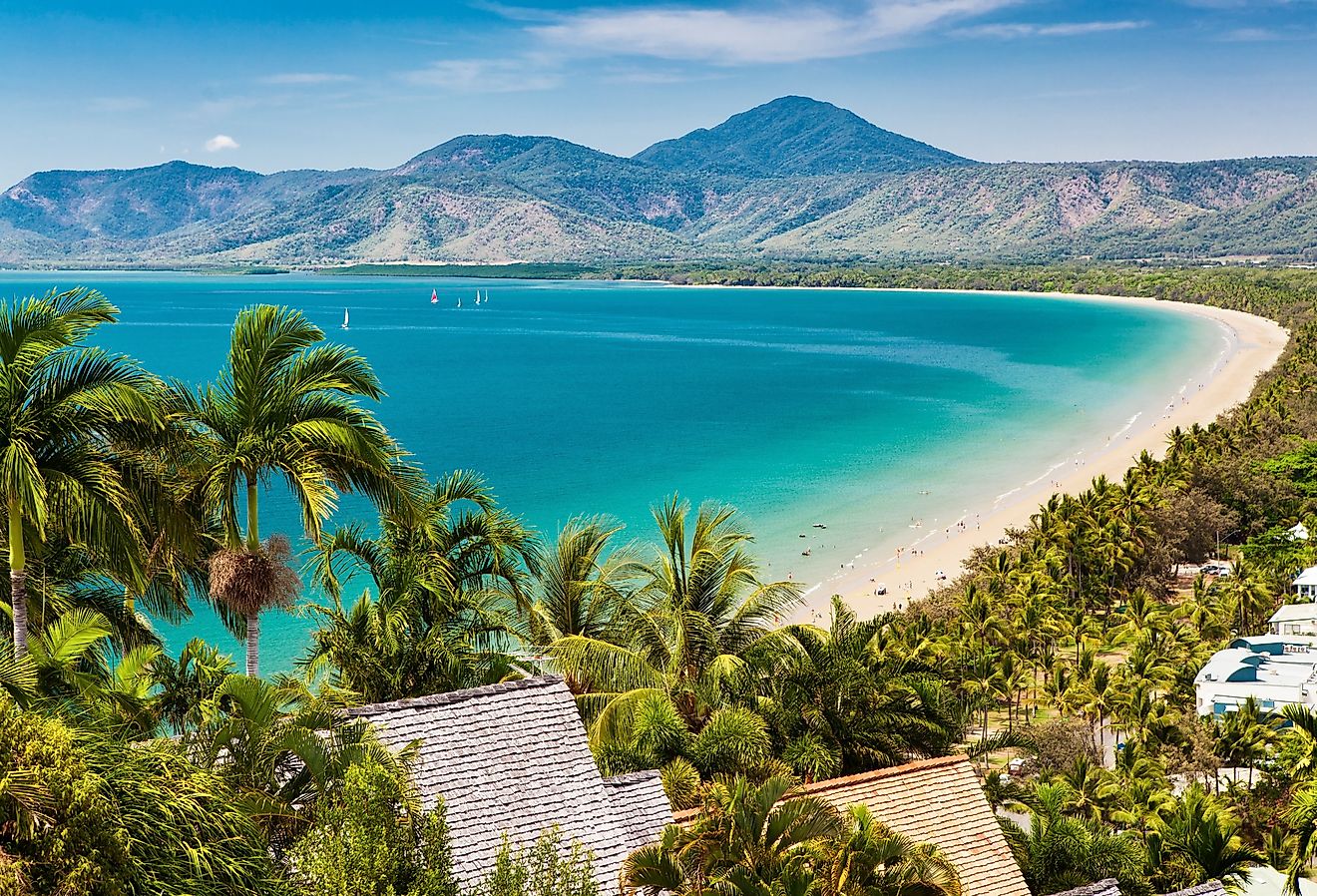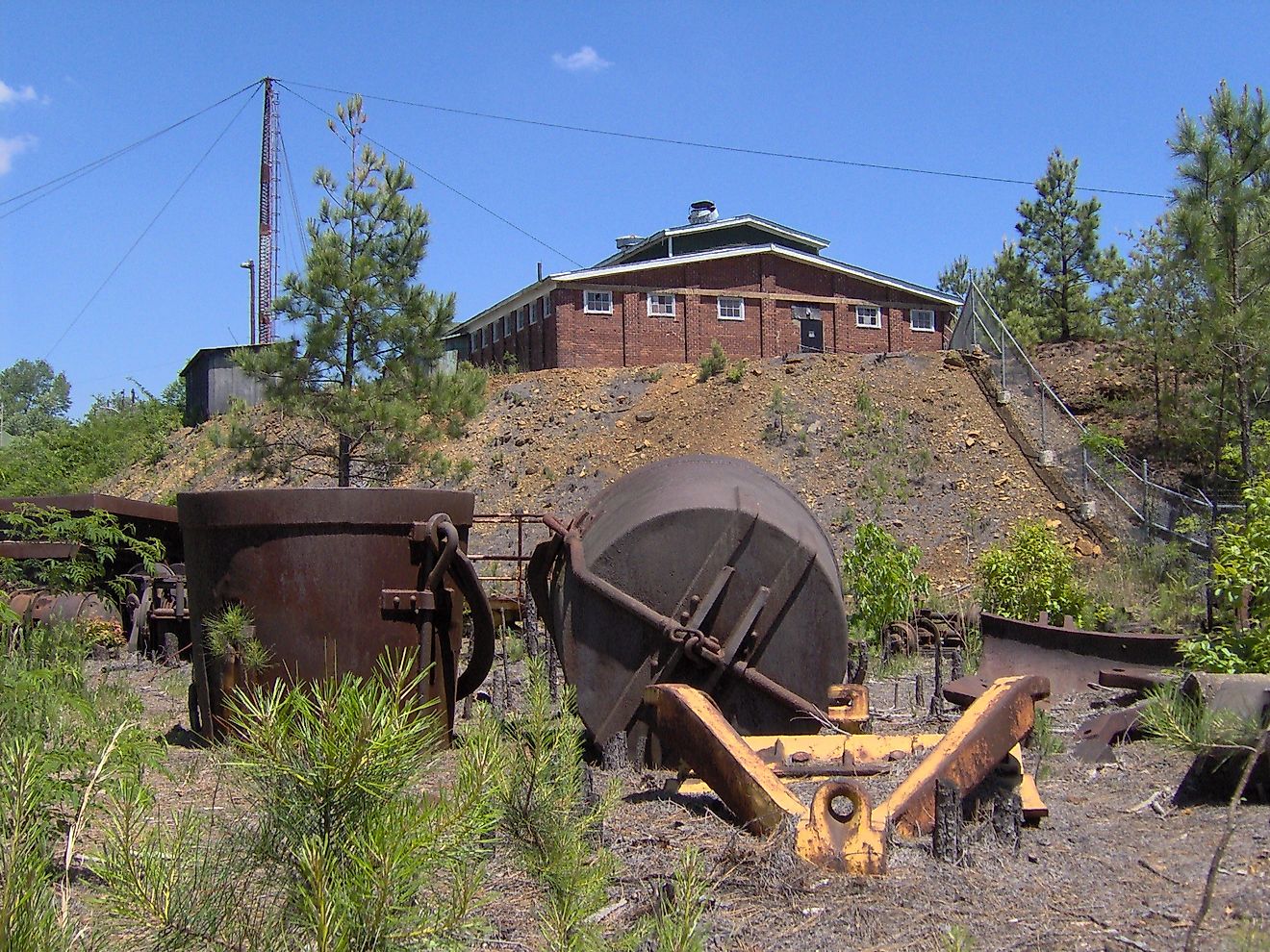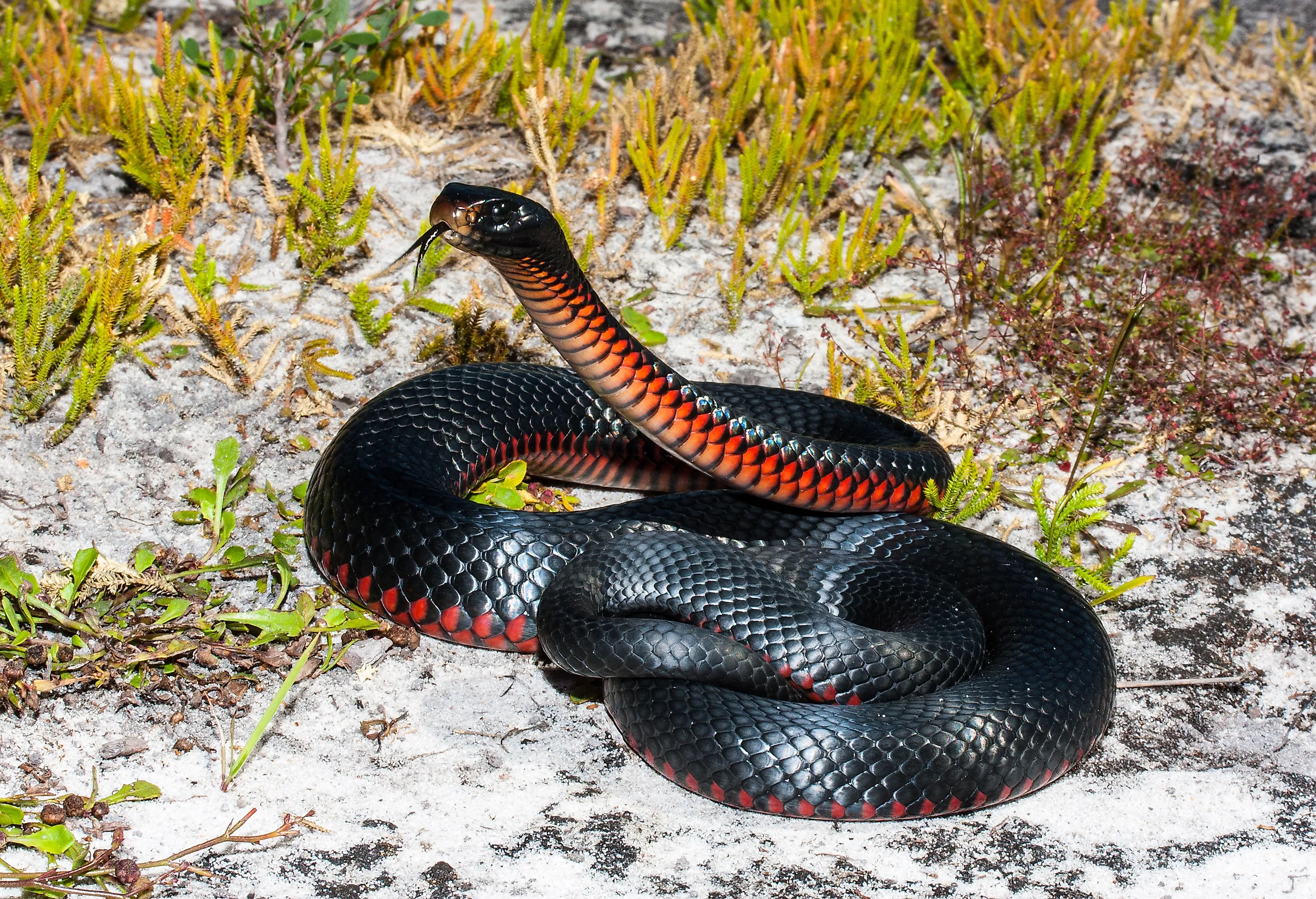
7 Most Snake-Infested Areas in New South Wales
New South Wales, with its diverse landscapes ranging from coastal regions to vast inland areas, is home to a variety of snake species. These reptiles are often feared but respected for their role in the ecosystem and are found in abundance in certain regions of NSW. While snakes play a crucial role in maintaining ecological balance, their presence in populated areas can pose challenges and risks to residents and visitors. Understanding which areas have higher snake populations can help people take the necessary precautions. This article details seven specific regions in NSW where snake encounters are particularly frequent, providing insights into the local conditions and snake species prevalent in these areas.
Northern Rivers Region
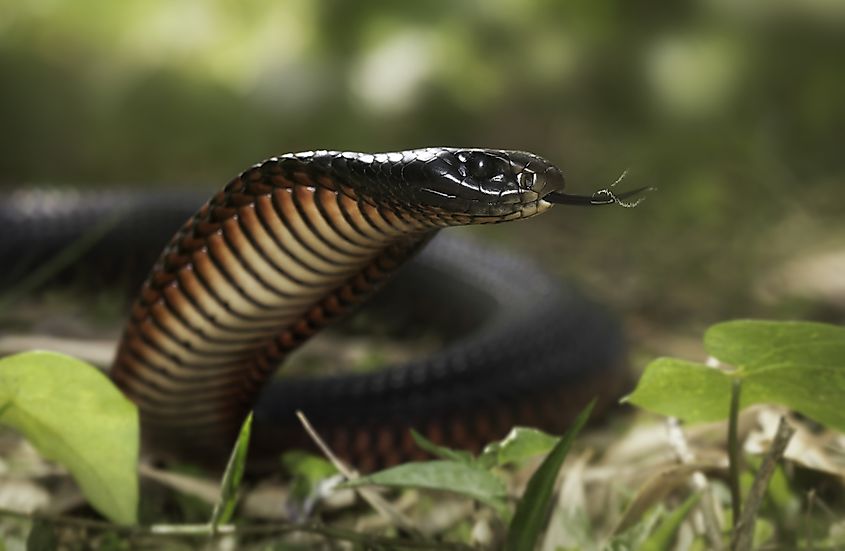
The Northern Rivers Region, known for its lush subtropical landscapes and vibrant wildlife, is a hotspot for snake activity. This area, encompassing towns like Lismore, Byron Bay, and Ballina, provides an ideal habitat for several snake species due to its warm climate and abundant water sources. The region's extensive river systems and dense vegetation offer perfect hiding spots and hunting grounds for snakes, including the dangerous Eastern Brown Snake and the Red-bellied Black Snake.
The region’s picturesque coastal areas are also home to the Coastal Taipan, one of the world's most venomous snakes. Residents and tourists in this area are often advised to be cautious when exploring nature reserves or even private gardens. The high humidity and consistent rainfall create a thriving environment for both the snakes and their prey, making encounters more frequent, especially during the warmer months.
Blue Mountains
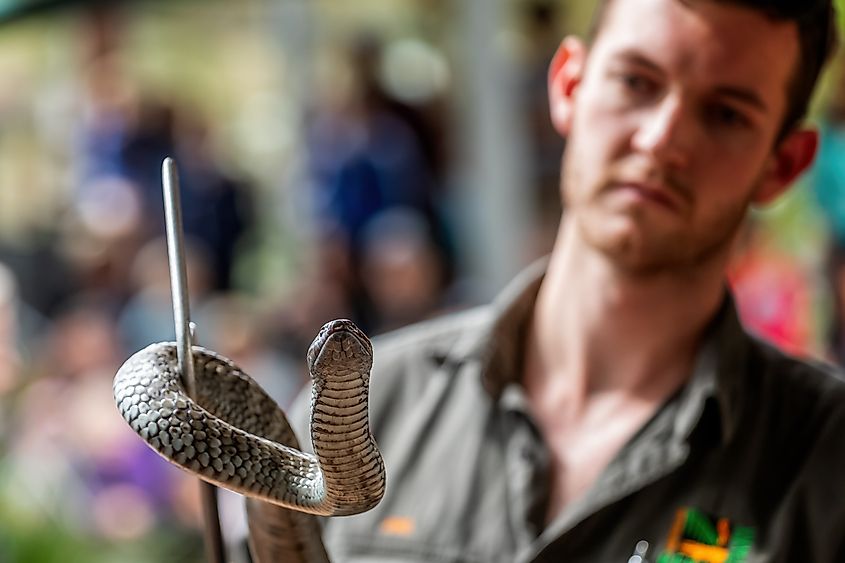
The Blue Mountains, with their rugged terrain and vast eucalypt forests, are another area where snake sightings are common. This World Heritage-listed site, famous for its stunning landscapes and diverse flora and fauna, is also a prime habitat for snakes like the Eastern Brown Snake, Tiger Snake, and Copperhead. The rocky outcrops and dense underbrush provide ample cover for these reptiles.
Hikers and nature enthusiasts often come across snakes on trails and in bushland. The cooler climate of the higher altitudes does not deter these snakes; rather, they are adept at finding sunny spots to bask. The area's popularity as a tourist destination means that encounters with snakes are well-documented, and local authorities regularly issue warnings and advice on snake safety.
Hawkesbury-Nepean Valley

The Hawkesbury-Nepean Valley, stretching across the western outskirts of Sydney, is another snake-infested area. This fertile valley, known for its agricultural lands and river systems, attracts a variety of snake species. The Eastern Brown Snake and the Red-bellied Black Snake are particularly prevalent here, often spotted in fields, gardens, and along riverbanks.
The valley's mix of rural and semi-urban landscapes means that snakes often come into close contact with humans. Farmers and residents frequently report snake sightings, especially during the harvest season when snakes are drawn to the abundant food supply. The combination of water sources, open spaces, and the proximity to urban areas creates a unique environment where snakes thrive.
Hunter Valley
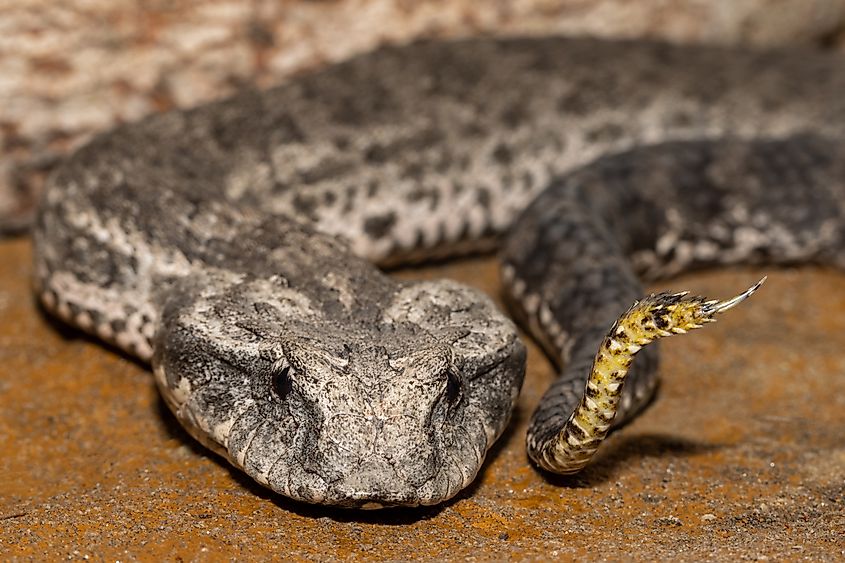
The Hunter Valley, renowned for its vineyards and wine production, is also a known habitat for snakes. The region’s varied landscape, from open fields to wooded areas, provides a suitable environment for snakes like the Eastern Brown Snake, Tiger Snake, and Death Adder. The warm climate and plentiful food sources contribute to the high snake population.
Visitors to the Hunter Valley’s wineries and outdoor events are advised to stay vigilant, as snakes can often be found basking in the sun near grapevines or hiding in the underbrush. The local fauna, such as rodents and birds, attracts snakes, making encounters more likely. The agricultural practices in the valley also disturb snake habitats, leading to increased human-snake interactions.
Central Coast
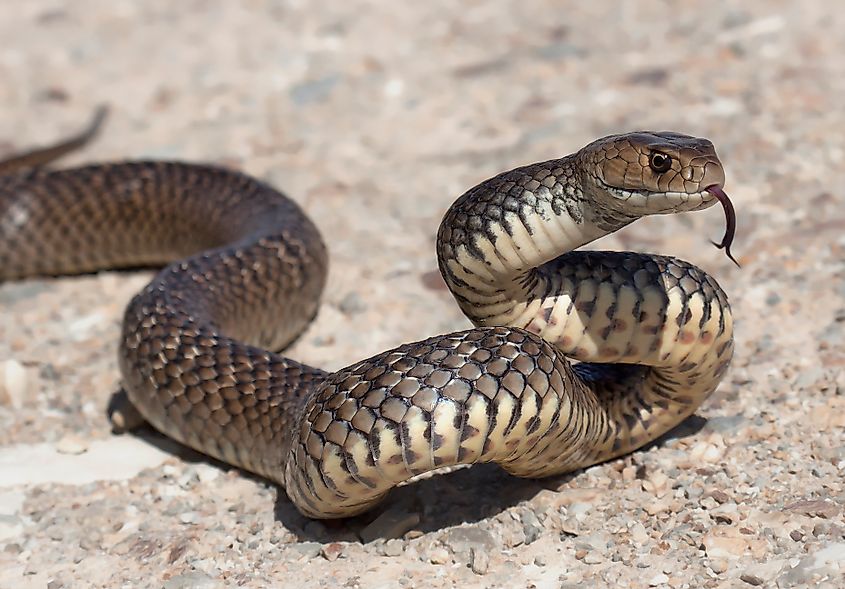
The Central Coast, located between Sydney and Newcastle, is a region with a significant snake population. Its mix of beaches, bushland, and urban areas makes it a versatile habitat for various snake species. The Eastern Brown Snake, Red-bellied Black Snake, and the less common, but equally dangerous, Death Adder are often seen in this region.
Residents and tourists in the Central Coast region are often cautioned about snake activity, especially in the warmer months. The area’s numerous national parks and reserves, such as Bouddi National Park and Brisbane Water National Park, are frequent sites of snake encounters. The blend of coastal and inland environments supports a wide range of snake prey, ensuring a steady snake population.
South Coast
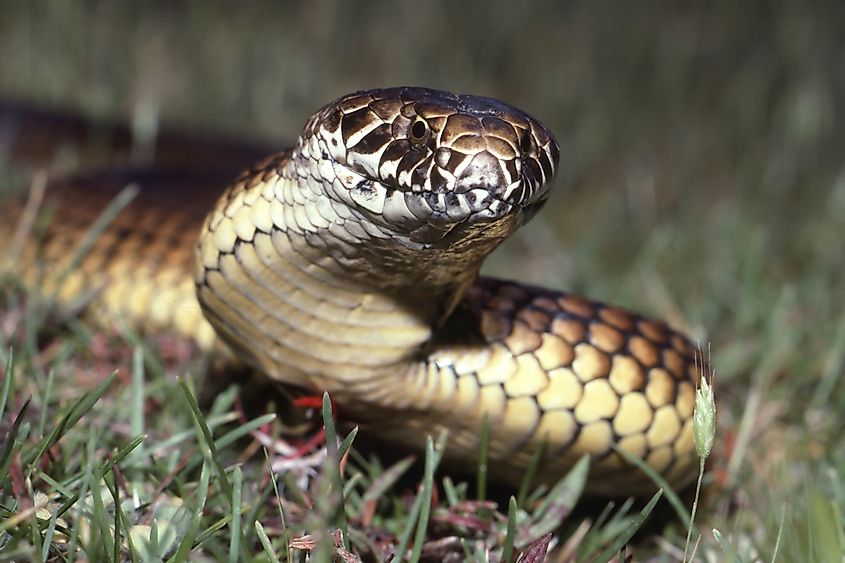
The South Coast of NSW, stretching from Wollongong to the Victorian border, is another snake-prone area. This region, known for its stunning coastline and dense forests, provides an excellent habitat for snakes. Species like the Eastern Brown Snake, Tiger Snake, and Copperhead are common here, thriving in the region’s varied ecosystems.
The South Coast's popularity as a holiday destination means that snake encounters are frequently reported by campers, hikers, and beachgoers. The region's combination of temperate rainforests, wetlands, and coastal dunes offers diverse environments where snakes can hunt and hide. Authorities often remind visitors to be cautious and aware of their surroundings to avoid unwanted encounters.
Western Plains
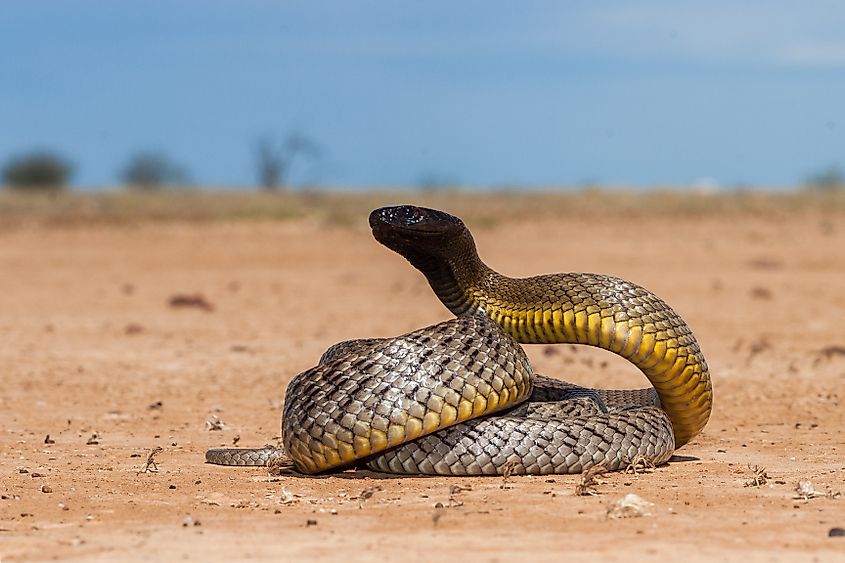
The Western Plains of NSW, encompassing areas like Dubbo, Cobar, and Broken Hill, are also known for high snake activity. This region, characterized by its arid and semi-arid landscapes, is home to species such as the Inland Taipan (or Fierce Snake), Brown Snake, and Mulga Snake. The vast open spaces and dry climate create a challenging but suitable environment for these snakes.
In the Western Plains, snakes are often encountered by farmers and rural residents. The snakes are drawn to the agricultural lands and water sources in these dry areas. The Inland Taipan, known for having the most toxic venom of any snake, is a particularly notable resident. Despite their remote habitat, these snakes are highly respected and feared due to their potent venom and reclusive nature.
The Takeaway
New South Wales is a region rich in biodiversity, and its varied landscapes provide ideal habitats for a wide range of snake species. From the lush Northern Rivers to the arid Western Plains, snakes are a significant part of the local ecosystem. While encounters can be alarming, understanding these habitats and the behaviors of the snakes that live there can help residents and visitors coexist safely with these fascinating reptiles. Always exercise caution and respect nature when exploring these snake-infested areas.
